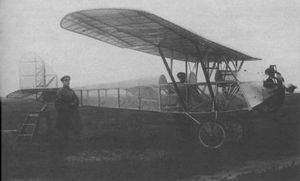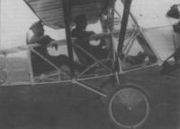For a full history of "stealth" for combat aircraft you have to go back to World War II...as TE referenced...and perhaps further, but I know of two US aircraft that were specifically set up for "stealth" during the war.
The first true success at stealth in terms of defeating radar occurred rather accidentally. This was with the XB-49 flying wing. Three aircraft were built by refitting XB-35 flying wing aircraft that had been built after 1946 by Grumman. Those aircraft were prop driven and thirteen were built. But with the advent and success of the B-36, the program was cancelled. Along about the time the B-36 started getting its jet engines, the US Air Force called for replacing the propellers on some of the XB-36 with Jet Engines and testing them. This became the XB-49. In 1948 one of the aircraft flew out into the Pacific on a test. Upon returning, when it was returning directly toward the radar that was tracking it...the radar site lost the aircraft and did not find it again until it flew over the base preparing to land.
But the XB-49 was difficult to fly and very unstable. After one crashed, the program was cancelled. Interestingly enough, Grumman later built the first true stealth bomber, the B-2, and used data from the XB-49 to help design it. In fact, the wingspan of the B-2 is the same as that of the XB-49.
This in turn led to the B-2,

















